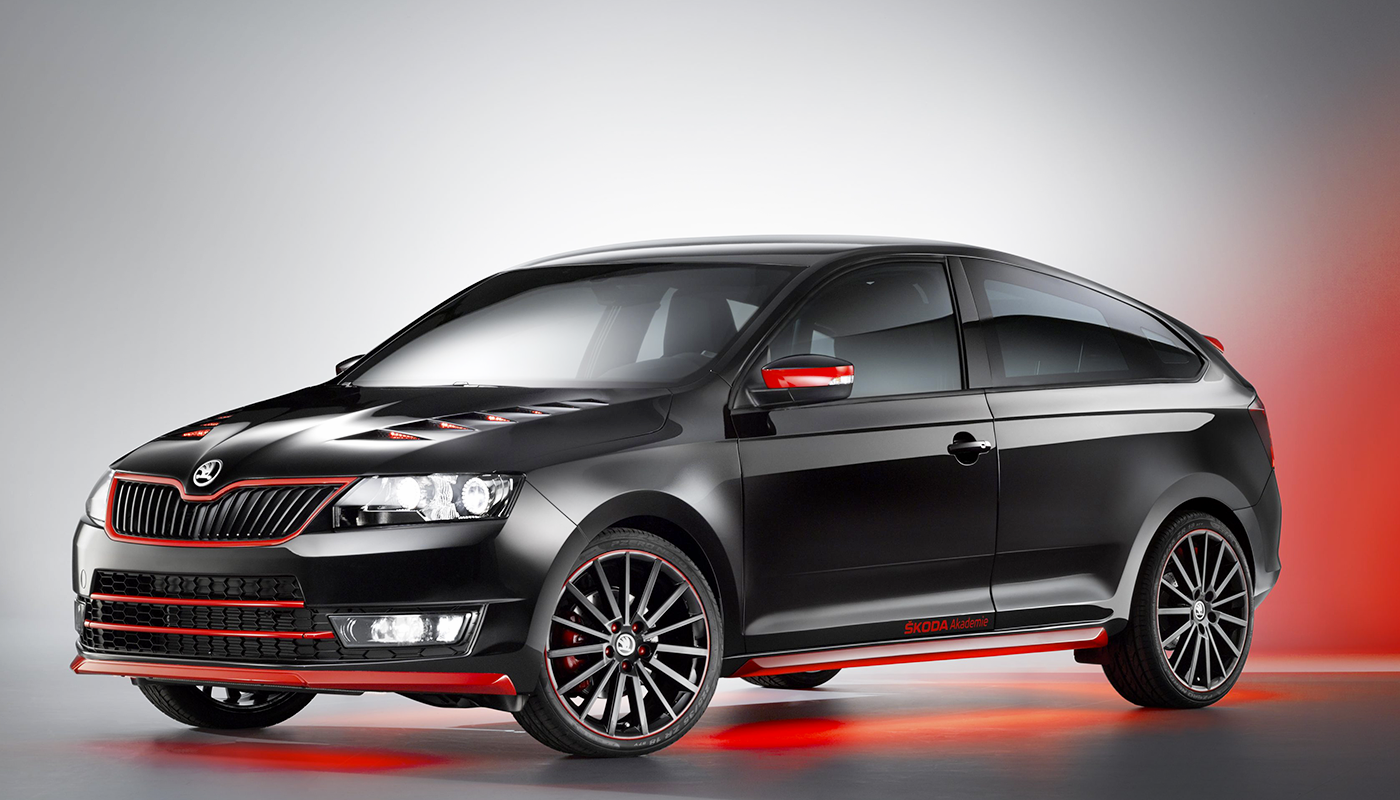Introducing the Students’ Number Five

ŠKODA’s students have brought to life yet another dream car, this year based on the ŠKODA KAROQ, as part of a unique student-driven project called Azubi Car. Their new model is a convertible.
12. 4. 2018 ModelsMedia Box
19 images
Show more
Show less







































